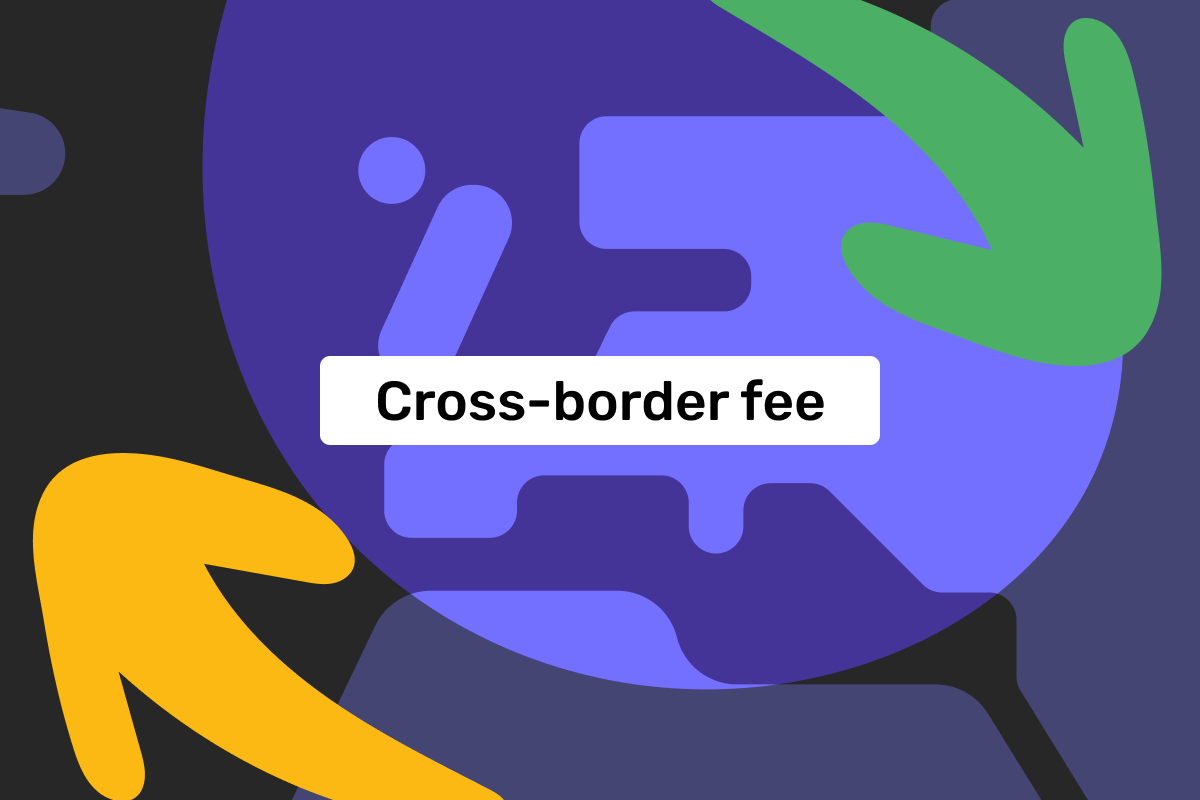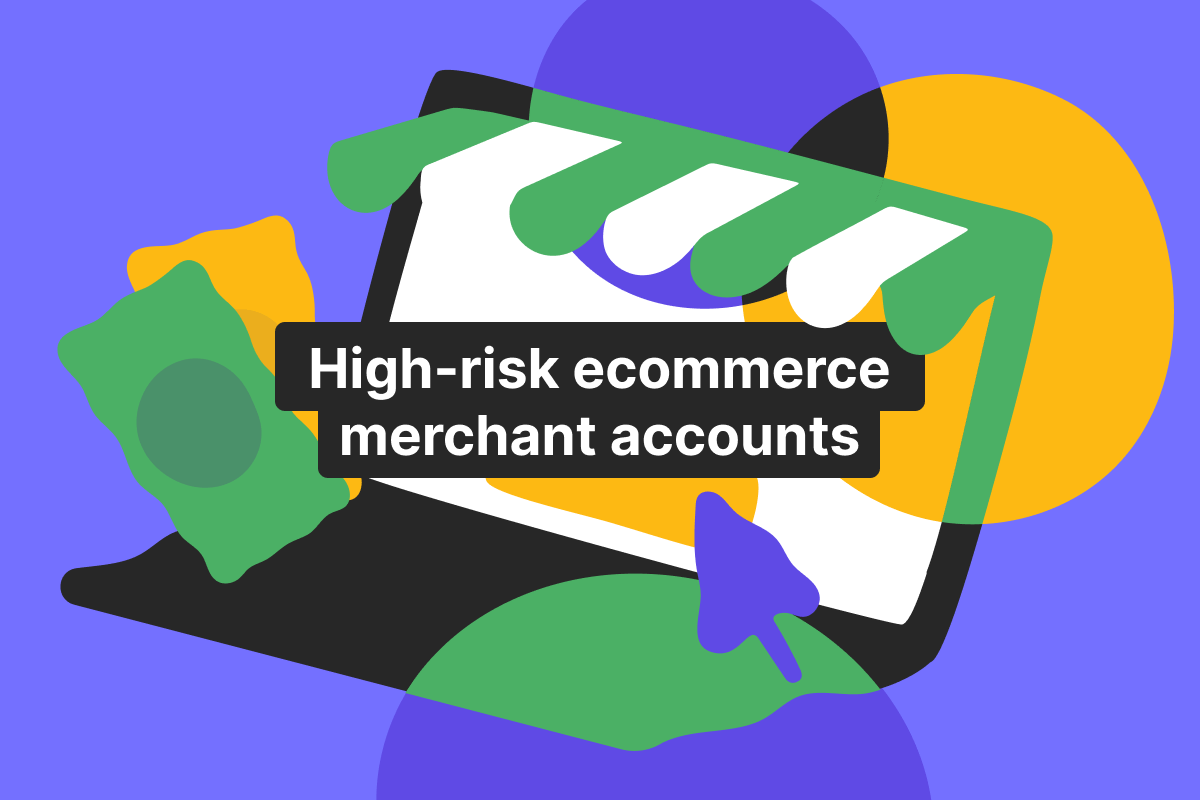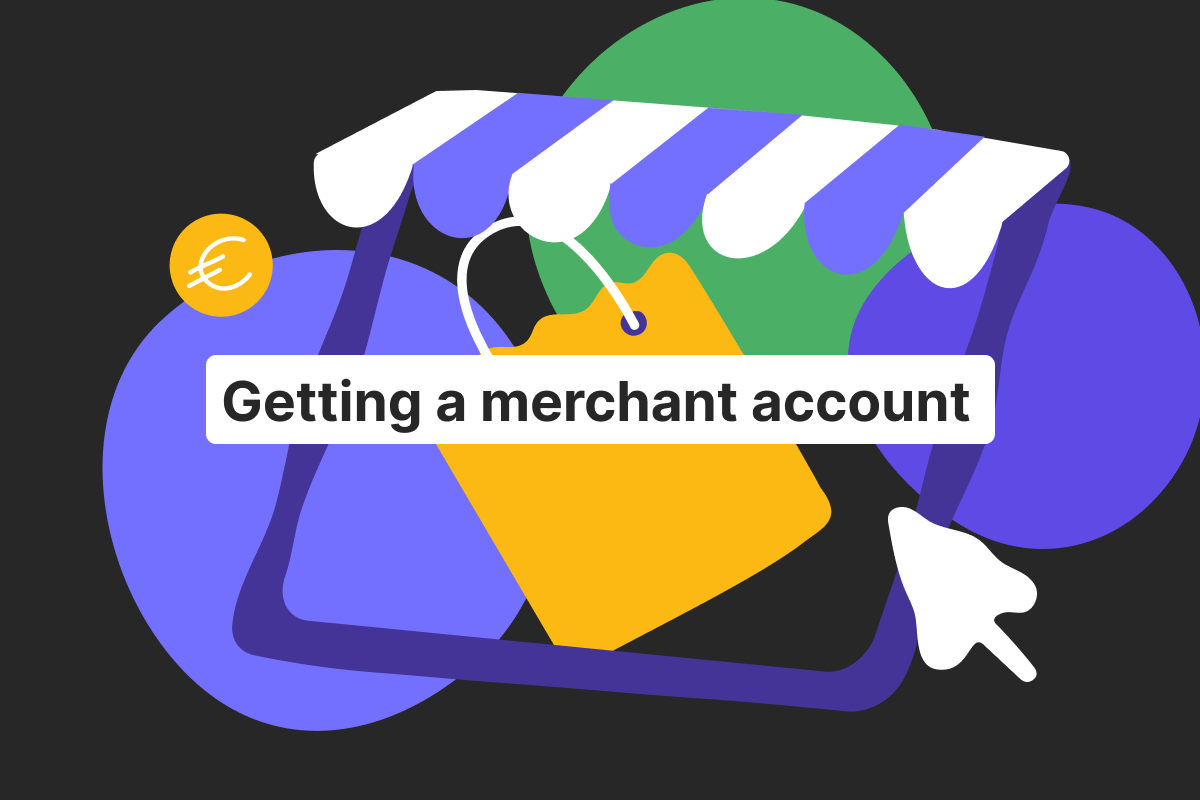Let’s be clear: merchants have to deal with a lot. Not only the customers’ demands are high, but the management of financial operations can be exhausting as well. Not to mention all the service fees merchants need to take care of. Speaking of, do you know enough about cross-border fees?
If not, you will – thanks to Genome’s article. Today our team explains what a cross-border fee is, their types, and how companies should deal with cross-border processing fees.
Cross-border fee: meaning of the term
A cross-border fee is a common thing that occurs during cross-border transactions. For instance, when a customer pays for the merchant’s product online with a card issued by a bank located in a different country than an acquiring bank.
The fee covers the costs and risks associated with processing transactions involving different countries or currencies.
Cross-border fees can be applied in various situations regardless of whether Visa, Mastercard or any other card brand is used.
Cross-border transaction fee includes administrative, regulatory, and intermediary costs for using foreign banks involved in the transaction.
In the context of payment cards, cross-border fees are often imposed when a cardholder purchases in a foreign currency or from a merchant located in another country.
Note that cross-border fees for credit cards may be slightly higher because the fee compensates the credit card company for managing the currency exchange and handling the increased risk associated with international transactions.
Foreign transaction fees are typically a percentage of the total transaction amount, mostly ranging from 1% to 3% of the purchase.
Open an account
in Genome online
Examples of cross-border fees
Cross-border payment fees are commonly encountered during various financial transactions, not only between merchants and customers but businesses, regular card holders, etc. Here are some examples of cross-border fees:
Cross-border online payment processing fee (aka cross-border processing fee). If a merchant engages in e-commerce and processes payments through an international payment gateway or service provider, they may be charged a fee for processing cross-border transactions.
International wire transfer fee. When a person transfers money from one bank account to another across countries, their bank may charge a cross-border fee for facilitating the transfer.
Foreign currency exchange fee. When an individual or a company converts one currency into another, for instance, when exchanging US dollars to euros, a financial institution or currency exchange service may charge a fee for the conversion.
International ATM withdrawal fee. If a person uses an ATM in a foreign country to withdraw cash using their debit or credit card, the bank may charge a cross-border fee on a debit card/credit card for the transaction, often including a foreign currency conversion fee.
International credit card transaction fee. When a person makes a purchase with a credit card in a different currency or from a merchant located in another country, the credit card company may impose a cross-border fee for handling the foreign transaction.
The specific fee structures and amounts can vary depending on the financial institution, credit card issuer, or payment service provider involved. It’s advisable to review the terms and conditions before starting an account at a bank.
Now, as we have reviewed the common cross-border fee examples, let’s focus more on merchants. Here’s an example of how this fee works when it comes to companies that sell products and services.
Example:
You have a retail store in Berlin that sells souvenirs. As you can imagine, your store attracts tourists. Thus, you will have to deal with cross-border fees.
One day, a customer from Ontario comes to your store and is ready to buy something. He wants to pay with a debit card issued by the Royal Bank of Canada while you have a merchant account in German DZ Bank.
The customer pays for the product in Canadian dollars via the card. The cross-border processing fee for this transaction will be displayed in the merchant’s bank statement.
However, if the customer has a multi-currency card and pays in the merchant’s local currency (euros in this case), the cross-border fee will be lower than when the customer pays in their local currency (Canadian dollars).
How merchants can prepare for cross-border fees
Businesses can take several steps to prepare for cross-border fees and manage their impact on their work.
Here is some advice:
Merchants should research and understand the cross-border fee structures associated with their payment processors, financial institutions, or credit card companies. It includes identifying the specific fees charged for international transactions, such as foreign transaction fees or cross-border processing fees.
Businesses can negotiate their merchant account terms with their payment processors or banks to potentially obtain more favorable cross-border fee arrangements or change the payment provider. For example, some payment processors specialize in international transactions and may offer competitive fee structures or reduced foreign transaction fees.
Merchants should inform their customers about potential cross-border fees associated with international transactions. Clear communication can help manage customer expectations and minimize surprises or confusion when additional fees are applied.
Merchants may need to adjust their pricing for cross-border fees. Consideration should be given to whether the fees will be managed by the merchant or passed on to customers in the form of adjusted pricing or surcharges for international transactions.
Regulatory changes or international trade agreements can influence cross-border fees. Merchants should stay informed about any updates in regulations or fees related to international transactions to ensure compliance and anticipate potential cost implications.
Also, if you need a merchant account*, you can check out Genome! Our Electronic Money Institution works with EU and European companies and offers quick and seamless online onboarding.
Start a business wallet and open multi-currency business accounts in euros, British pounds, and US dollars. Make SEPA transfers and order virtual and physical corporate Visa debit cards.
Apply for a merchant account* to accept customer payments in over 20 currencies*. Select the best payment page option for your company: host-to-host, hosted payment page, or mobile SDK*.
*Please note that Genome’s merchant services have been temporarily unavailable since September 2024.
Open an account
in Genome online
FAQ
What does a cross-border fee mean?
It is a fee paid when cross-border transactions and other financial operations are involved. In relation to merchants, cross-border processing fees apply when a customer makes purchases with a card issued by a bank that is not in the same country as the merchant’s one.
How do cross-border transactions work?
As mentioned above, the cross-border transaction fee is applied when merchants accept payments from customers’ cards issued by a foreign bank. Our team has mentioned one such example in the article.
How do I avoid cross-border fees?
Online commerce makes it almost impossible to avoid payments from international customers and, subsequently, a cross-border fee. However, you can reduce the said fee. For instance, if you have a substantial flow of customers from a particular country, you can register a subsidiary and start a business account in the said country.
Does Visa charge a cross-border fee?
Like all major card brands, Visa has a cross-border fee. The fee depends on the transaction type and currency used.
What is a cross-border fee on my bank account?
If you are a merchant and see such a fee on your bank account statement, it means that you have been charged because your customer paid for your product or service with a card issued in another country.






